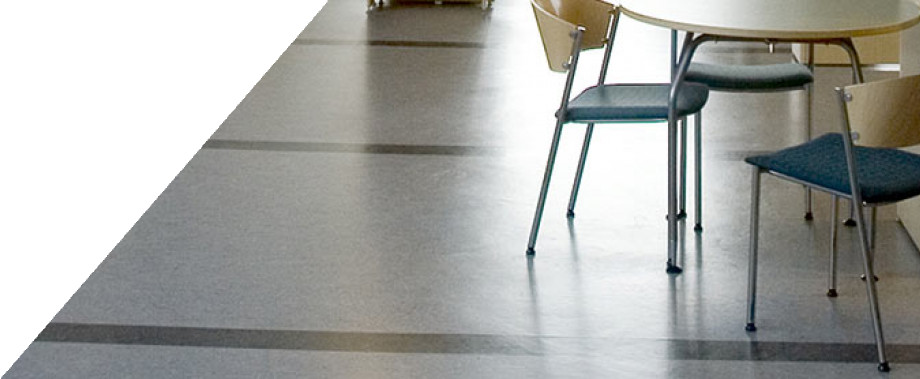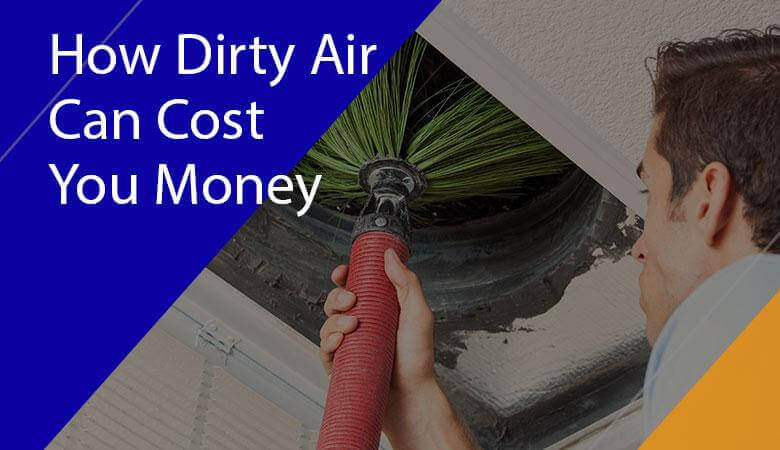How Dirty Air Can Cost You Money
Is productivity taking a sick leave at your facility? Poor indoor air quality (IAQ) may be the culprit. Recent research by Tom Chang of the Marshall School of Business at the University of Southern California found that even a slight 10-unit increase in the air pollution index can reduce the daily output of an agent.
Sick Building Syndrome, or SBS, is an actual term coined by the World Health Organization in the 1980s. It describes symptoms such as nausea, headache, dizziness, throat and eye irritation and mental fatigue that occupants of a building experience when they are inside which dissipate when they leave.
Pollutants, including biological contaminants, such as mold, and chemical contaminants, such as those found in paint, carpeting and upholstery, are typical causes of SBS. These contaminants can emit volatile organic compounds (VOCs), which can become gases or vapors and can impact air quality when not adequately filtered through a building’s ventilation system. Even the emissions from copiers and printers can add to IAQ.
A sick building can play a big part in lower productivity and morale and employee absenteeism, which in turn negatively affects a company’s bottom line.
So what’s the cure? If you suspect your building isn’t well, here are 6 ways to get it on the road to recovery:
- Perform regular HVAC maintenance. HVAC systems require regular tune-ups. Systems not properly maintained can work too hard and not adequately control temperature and humidity. Changing air filters or installing higher-efficiency filters can increase airflow.
- Clean air ducts. Increasing the airflow through air ducts that are riddled with mold, dirt, even vermin, can give off harmful vapors. Inspect and clean air ducts regularly.
- Inspect your building for mold, fungi and bacteria. Dampness indoors caused by mold and mildew can lead to the growth of unwanted biological substances which release VOCs, break down building materials and cause illnesses, such as asthma, bronchitis and respiratory infections.
- Store chemicals in well-ventilated areas. Cleaning agents should be stored in well-ventilated areas away from HVAC intake vents. This will help prevent any fumes from escaping and spreading throughout your facility.
- Purchase eco-friendly furniture, flooring and paint. Upholstered furniture, carpeting, and paint can fill the air with hundreds of VOCs. Choosing eco-friendly options can make a big difference in your building’s IAQ.
- Buy some plants. Besides looking pretty, green plants do a great job of absorbing indoor air pollution and increasing the flow of oxygen.
Is your facility suffering from Sick Building Syndrome? It might be time to check the indoor air quality and make sure your building is a healthy place to be. 4M Building Solutions delivers the best, innovative, safe and sustainable cleaning and service solutions for your business. CLICK HERE to contact us.


